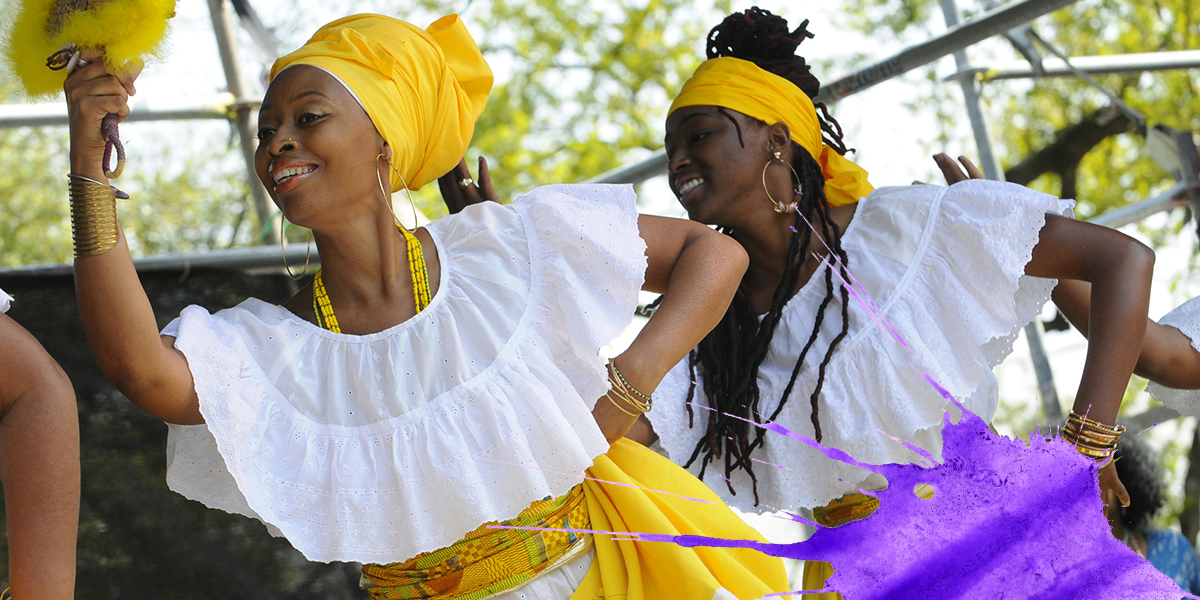100 Years of Jazz: Part 1 – Congo Square

Blog by Louise Balkwill
2017 is a very special year for music – it marks 100 years since the release of the first ever jazz recording, “Livery Stable Blues” by The Original Dixieland Jazz Band! Since then, popular music has foxtrotted, swung, bopped, rocked and rolled its way into the 21st century, but the rich culture of improvised music from New Orleans is still rife today all over the world.
Congo Square, the Birthplace of Jazz
Before we look at the journey that jazz music has taken over the past 100 years, we must ask how it came to be in the first place.
Rewind 100 years further to the year of 1817; 198 years after the first Africans were sold into slavery in America. The mayor of New Orleans city council established “Congo Square” (originally known as Beauregard Square and Congo Plains) as an official site for slave music and dance by restricting any kind of gathering of enslaved Africans anywhere else in the city.
Every Sunday, they would gather in Congo Square and sell goods to raise money to buy their freedom. In the glimpse of free time that this weekly ‘day off’ provided, they would also gather together to sing, dance and create music. Original instruments used included long, narrow African drums that had previously been banned in America, triangles, jawbones and early ancestors of the banjo.

Dances such as “Flat-Footed-Shuffle” and the ”Bamboula” were performed as these rhythms were played. As time went on, the dances and music evolved with new influences and ideas.
Visitors from all over New Orleans began to gather to spectate and dance along to what they then coined “Black music”, and this culture began to spread across America.

The square became a mixing pot for a rich diversity of traditional African rhythms passed down through many generations, as well as European music that English-speaking Africans were familiar with.
In 1865, after almost 250 years of slavery in America, the cruel trade was abolished, but the musical traditions that had evolved over the past few decades stuck.
In the next post, we’ll be looking at how African American music evolved into the new hip trend of the late 19th century – Ragtime!